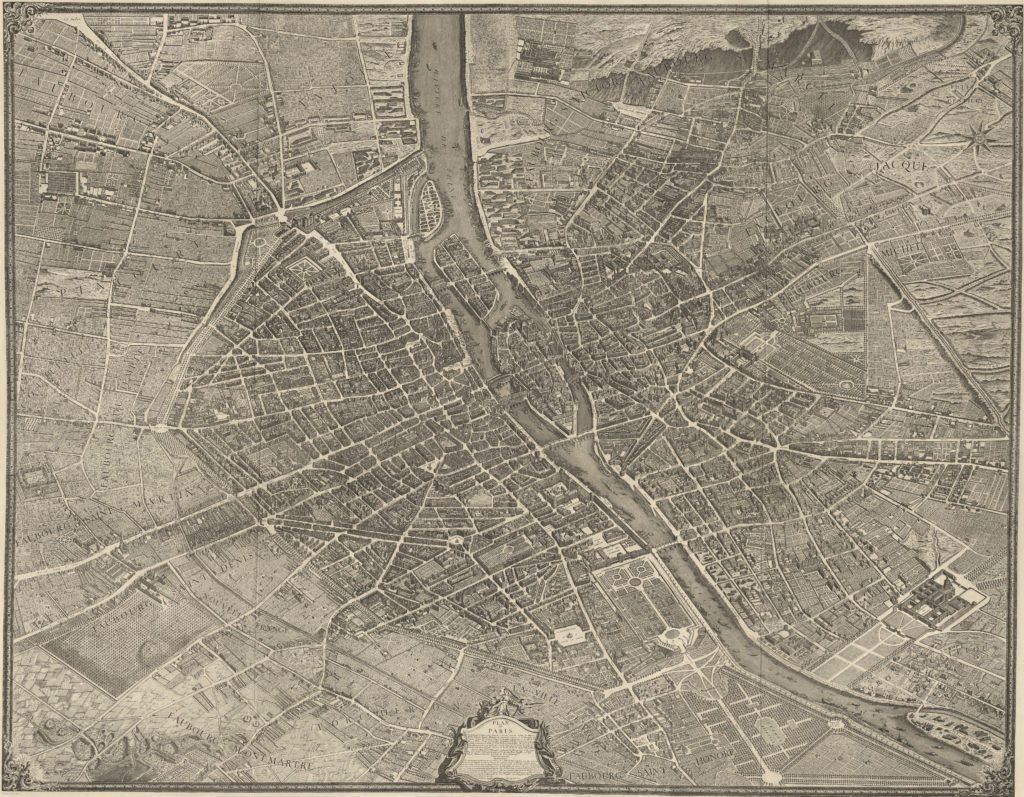Paris 1736
Detailed records from the 18th century can sometimes be difficult to come by. However, in terms of broader cultural, scientific, and social contexts, several significant developments were unfolding in Paris during this period, which include the following:
Scientific Advancements: The French Academy of Sciences was an influential institution in Europe during the Enlightenment. In 1736, the academy sent Pierre Louis Maupertuis on an expedition to Lapland to measure the length of a degree along the meridian. His measurements confirmed Newton’s assertion that the earth is an oblate spheroid rather than a perfect sphere, which was a considerable achievement in the realm of science.
Intellectual Developments: In the sphere of philosophy and literature, 1736 saw Voltaire returning to Paris after his exile. Voltaire, a leading figure of the French Enlightenment, continued to release important works and maintain correspondences with other leading intellectuals of the time from Paris.
Social Changes: Paris was experiencing rapid population growth during the first half of the 18th century. By 1736, it was one of the largest cities in the world with over half a million people. This growth led to the rise of urban social issues, including housing shortages and the spread of diseases.
Cultural Trends: The Rococo style was prevalent in art and architecture during this period. The Salon, an official art exhibition of the Académie des Beaux-Arts, was the greatest annual or biannual art event in the Western world and would have been a significant cultural event in Paris in 1736.
Royal Court: The reign of King Louis XV saw a continued centralization of power in Paris and Versailles. The king’s actions and policies in 1736, including those related to international diplomacy and domestic governance, would have had direct effects on Paris and its inhabitants.
While these are broader trends rather than specific events, they give an impression of the changes and developments that were shaping life in Paris in 1736.

